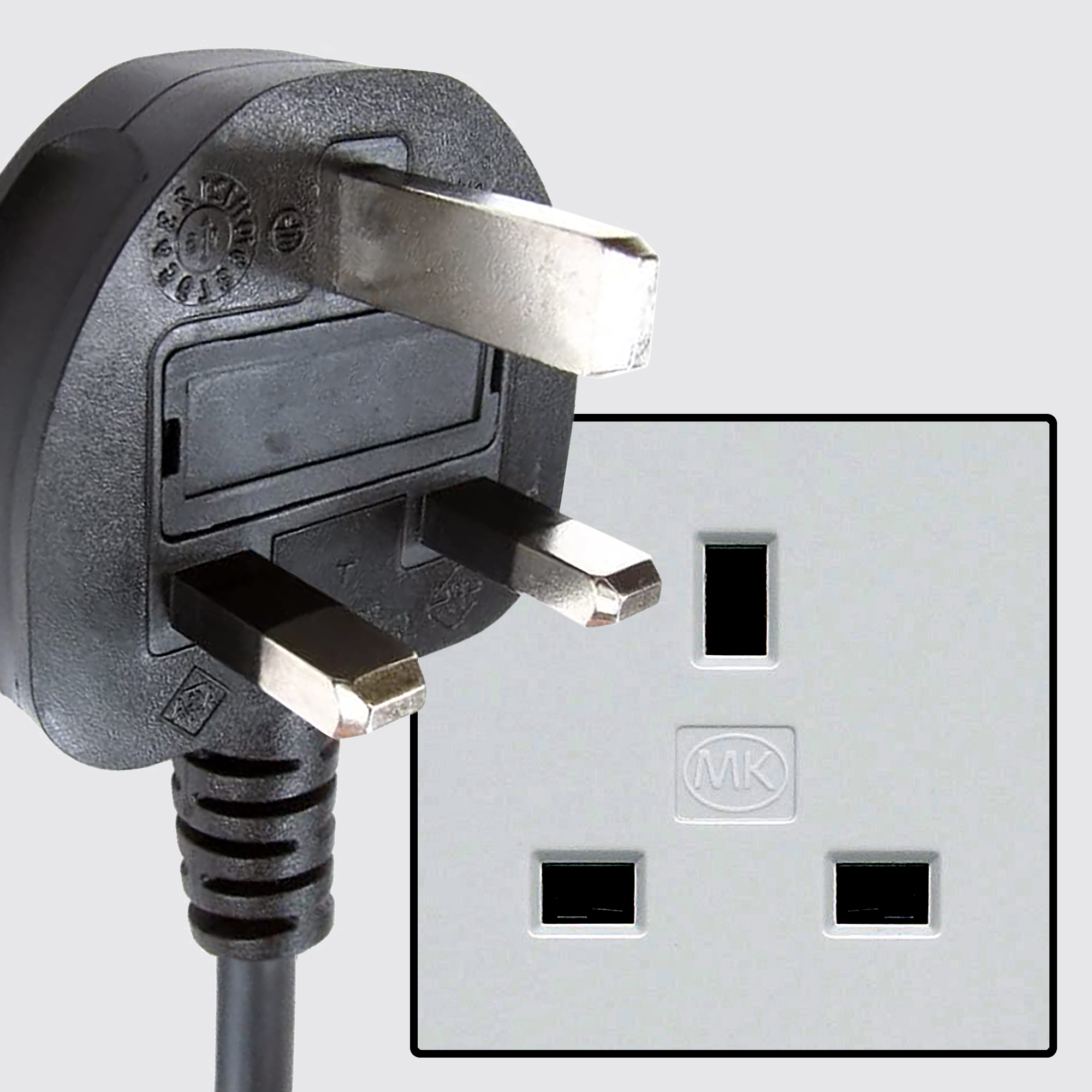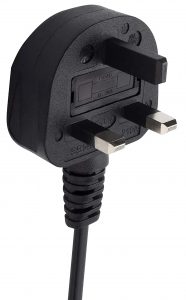Background information

An ungrounded plug with plastic earth pin.
Additional information
Sri Lanka previously used the obsolete British plug and socket standards: types D and M, still used in countries like India and Botswana. In 2016, the Sri Lankan government decided to discontinue these in favour of the modern British standard (type G). The sale of non-compliant sockets was banned from August 2018.
History
Type G plugs and sockets started appearing in Britain in 1946 and the standard was first published in 1947. By the end of the 1950s, it had replaced the earlier type D and type M outlets (BS 546) in new installations in the UK, and by the end of the 1960s, most earlier installations had been rewired to the new standard.
Almost all of the UK’s former colonies have adopted one of Britain’s plug and socket standards: either the obsolete types D and/or M, or the current type G. In many cases, the countries that became independent before the introduction of the type G standard (e.g. India, Nepal, South Africa, Namibia) still use types D or M. The ones that gained their independence after 1947 (e.g. Bahrain, the United Arab Emirates, Kuwait, Malaysia, Sri Lanka, Kenya) were already using the type G standard and of course they simply kept the system.
Type G wall sockets almost always include switches for extra safety. UK plugs are no doubt among the safest in the world, but also among the most hulking and cumbersome. That's why people often make fun of them saying that a British plug is mostly bigger than the appliance it is connected to… Moreover, the bottom-heavy design of the plug makes it a perfect caltrop.
The type G standard requires use of a three-wire grounded and fused plug for all connections to the power mains. Two-wire appliances are not earthed, but they have a plastic grounding pin which only serves to open the shutters of the outlet. The lack of such an earth pin on a type C plug makes it impossible to connect it to a type G receptacle, although it can actually be forced into the socket by sticking a pointy object into the centre hole of the power outlet, which opens up the two other holes. Just to be perfectly clear, this is not a piece of advice; it's simply an observation…
Play
Click here for a global map showing the spread of the different plug types used around the world.
Click here for a detailed list of the countries of the world with their respective plug and outlet types, voltage and frequency.




